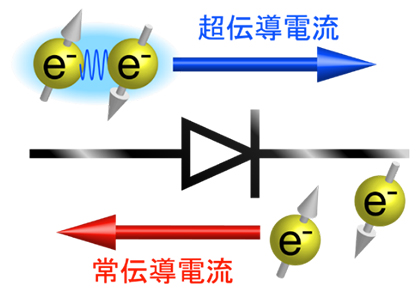2024-07-31 パシフィック・ノースウェスト国立研究所(PNNL)
<関連情報>
- https://www.pnnl.gov/publications/advancing-climate-predictions-novel-land-data-assimilation-system
- https://gmd.copernicus.org/articles/17/3025/2024/
E3SMバージョン2のための4DEnVarベース弱結合陸域データ同化システム The 4DEnVar-based weakly coupled land data assimilation system for E3SM version 2
Pengfei Shi, L. Ruby Leung, Bin Wang, Kai Zhang, Samson M. Hagos, and Shixuan Zhang
Geoscientific Model Development Published:16 Apr 2024
DOI:https://doi.org/10.5194/gmd-17-3025-2024

Abstract
A new weakly coupled land data assimilation (WCLDA) system based on the four-dimensional ensemble variational (4DEnVar) method is developed and applied to the fully coupled Energy Exascale Earth System Model version 2 (E3SMv2). The dimension-reduced projection four-dimensional variational (DRP-4DVar) method is employed to implement 4DVar using the ensemble technique instead of the adjoint technique. With an interest in providing initial conditions for decadal climate predictions, monthly mean anomalies of soil moisture and temperature from the Global Land Data Assimilation System (GLDAS) reanalysis from 1980 to 2016 are assimilated into the land component of E3SMv2 within the coupled modeling framework with a 1-month assimilation window. The coupled assimilation experiment is evaluated using multiple metrics, including the cost function, assimilation efficiency index, correlation, root-mean-square error (RMSE), and bias, and compared with a control simulation without land data assimilation. The WCLDA system yields improved simulation of soil moisture and temperature compared with the control simulation, with improvements found throughout the soil layers and in many regions of the global land. In terms of both soil moisture and temperature, the assimilation experiment outperforms the control simulation with reduced RMSE and higher temporal correlation in many regions, especially in South America, central Africa, Australia, and large parts of Eurasia. Furthermore, significant improvements are also found in reproducing the time evolution of the 2012 US Midwest drought, highlighting the crucial role of land surface in drought lifecycle. The WCLDA system is intended to be a foundational resource for research to investigate land-derived climate predictability.


